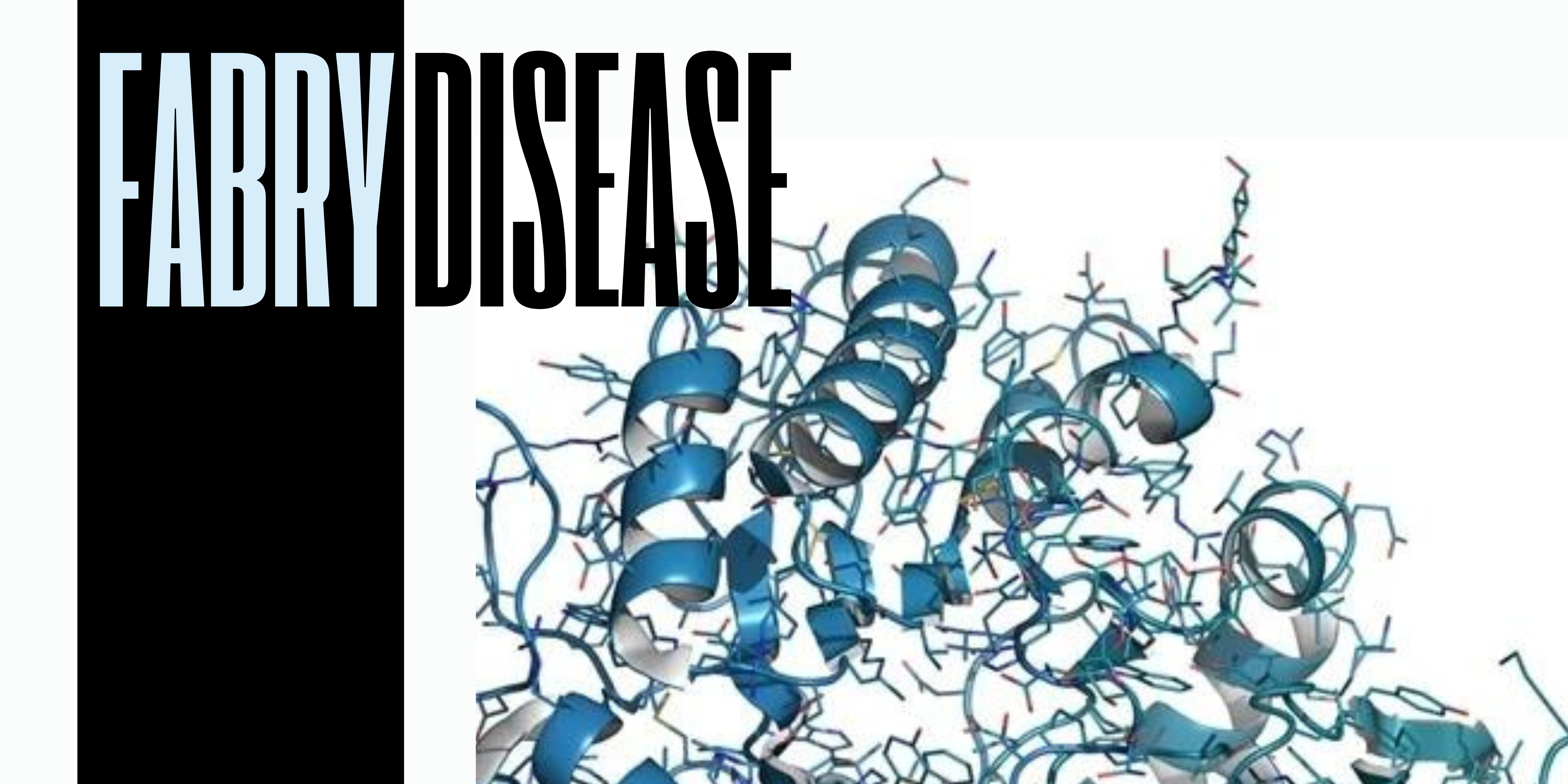Fabry Disease

Earlier this year, representatives from Amicus Therapeutics joined the NWCD team to host a lunch and learn. It was a great opportunity to help further educate our sonographer team on recognizing some of the cardiac symptoms of Fabry disease, while increasing awareness of the disease in our region. It was a very informative presentation, and we would like to pass on what we have learned!
Fabry disease is a rare genetic, X-linked lysosomal disorder caused by mutations in the galactosidase alpha gene (GLA), resulting in an absent or functionally deficient alpha-galactosidase A (alpha-Gal A) enzyme. This causes a buildup of a particular type of fat, called globotriaosylceramide (Gb3 or GL-3), in various organs and tissues throughout the body.
The accumulation of Gb3 can lead to symptoms and complications as follows:
- Pain – individuals with Fabry disease often experience episodes of pain, particularly in their hands and feet. This pain can be intense and may feel like burning or shooting sensations.
- Skin issues – such as angiokeratomas (small, dark red spots) and a characteristic rash known as “Fabry crisis” can occur.
- Kidney problems – the kidneys can be affected, leading to kidney failure over time.
- Heart issues – Fabry disease can cause abnormalities in the heart, including hypertrophy, cardiomyopathy, arrhythmias, and heart attacks.
- Nervous system complications – including symptoms such as stroke, transient ischemic attacks (TIA’s), and neuropathic pain.
- Gastrointestinal symptoms – some individuals may experience abdominal pain, diarrhea, and other GI issues.
Fabry disease is inherited in an X-linked recessive pattern, which means it primarily affects males. However, females who carry the gene can also experience symptoms, though they tend to be milder and more variable. Genetic testing can identify mutations in the GLA gene, which encodes the Alpha-Gal A enzyme. This can confirm the diagnosis of Fabry disease and help identify carriers of the faulty gene within families. It has been found that on average, for every 1 person confirmed to have Fabry disease, 5 of their family members are also diagnosed with the disease! Early diagnosis and intervention are important for optimizing outcomes and quality of life for individuals with Fabry disease.
Cardiovascular disease is the most common cause of death for both men and women with Fabry disease. Although renal symptoms and cerebrovascular complications often begin as early as your 20’s, cardiac symptoms often begin in the 4th and 5th decades of life. For some patients, stroke may present as the first manifestation of Fabry disease. As Fabry disease progresses, cardiac symptoms and cardiomyopathy may develop, as indicated by myocardial fibrosis. This can result in congestive heart failure and death.
Due to its rarity and diverse range of symptoms, Fabry disease is often underdiagnosed or misdiagnosed, leading to delays in treatment. It may take several years and visits to multiple healthcare providers before a correct diagnosis is made.
Treatment for Fabry disease often involves enzyme replacement therapy (ERT) to supplement the deficient Alpha-Gal A enzyme, which can help reduce symptoms and slow disease progression.
So, how do you know if you have Fabry Disease? GLA gene sequencing confirms a diagnosis of Fabry Disease, helps establish the phenotype, and provides information regarding disease prognosis and treatment. Amicus Therapeutics, Inc. sponsors genetic testing through Invitae. Learn more about testing for Fabry Disease here: https://fabryconnect.com/Testing_for_Fabry_Disease.pdf
